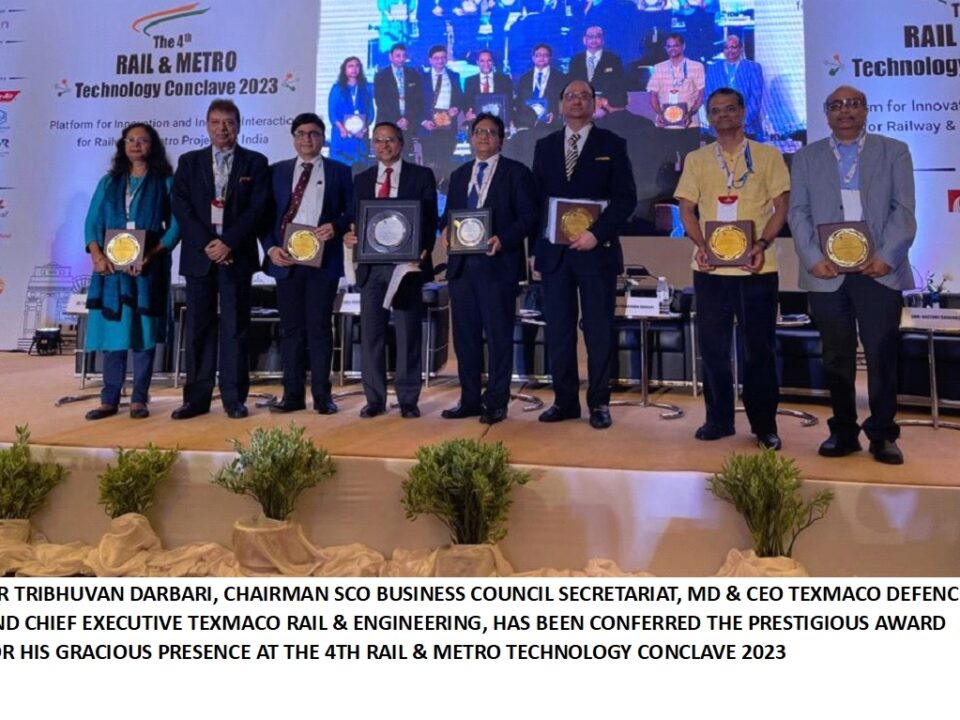Unveiling India’s Latest Defense Technologies: A Glimpse into the Future

Strengthening Bonds: Moldova-India Trade and Collaboration in the Food Industry
August 7, 2023
Enhancing Economic Cooperation: The Shanghai Cooperation Organization Business Council’s Vital Role
September 30, 20231. Advanced Stealth Technology
Stealth technology has been a game-changer in modern warfare, allowing aircraft, ships, and ground vehicles to operate covertly and avoid detection by radar systems. India’s Aeronautical Development Agency (ADA) and Hindustan Aeronautics Limited (HAL) are working on indigenous stealth aircraft projects like the HAL Advanced Medium Combat Aircraft (AMCA). This fifth-generation aircraft aims to combine advanced stealth, supercruise, agility, and network-centric warfare capabilities.
2. Unmanned Systems and Drones
Unmanned systems and drones have revolutionized defense strategies, offering surveillance, reconnaissance, and even combat capabilities without risking human lives. India’s Defense Research and Development Organization (DRDO) has developed a range of drones, including the Rustom series and the autonomous “Ghatak” stealth combat drone. These unmanned systems are crucial for border surveillance, intelligence gathering, and strategic strikes.
3. Missile Defense Systems
India’s missile defense capabilities have taken significant leaps with the development of the Ballistic Missile Defense (BMD) program. Systems like the Prithvi Air Defense (PAD) and the Advanced Air Defense (AAD) interceptor missiles form the core of India’s BMD shield. These technologies aim to intercept and neutralize incoming ballistic missiles, providing an extra layer of protection to critical assets and population centers.
4. Artificial Intelligence and Cybersecurity
In the digital age, cybersecurity and artificial intelligence (AI) have become integral components of defense strategies. The Indian armed forces are focusing on developing AI-driven solutions for threat detection, predictive analysis, and real-time decision-making. Moreover, India is investing in cybersecurity to safeguard critical infrastructure and defense networks from cyber threats.
5. Directed Energy Weapons
Directed Energy Weapons (DEWs), including laser and microwave-based systems, are emerging as futuristic tools for defense. India is exploring the potential of DEWs for various applications, such as disabling enemy communication systems, neutralizing drones, and countering missile threats. These technologies offer high precision and cost-effectiveness in comparison to traditional kinetic weapons.
6. Future Soldier Technologies
Equipping soldiers with advanced technologies enhances their capabilities on the battlefield. India is working on integrated systems that incorporate augmented reality (AR), night vision, exoskeletons, and smart textiles. These technologies provide soldiers with enhanced situational awareness, protection, and endurance, thereby significantly boosting their effectiveness.
7. Underwater Technologies
Naval defense is a critical aspect of national security, and India is focusing on underwater technologies for maritime dominance. The development of indigenous submarines, advanced torpedoes, and autonomous underwater vehicles (AUVs) underscores India’s commitment to safeguarding its maritime interests.
MR. TRIBHUVAN DARBARI, CHAIRMAN, SCO BUSINESS COUNCIL SECRETARIAT, MD & CEO TEXMACO DEFENCE & CHIEF EXECUTIVE TEXMACO RAIL STATED THAT “India’s progress in defense technology is a testament to its dedication to self-reliance and innovation. The nation’s pursuit of indigenous solutions, strategic collaborations, and technological advancements is propelling its defense sector onto the global stage. As India continues to invest in cutting-edge technologies, it not only enhances its security but also contributes to the global defense landscape. With the evolution of these technologies, India’s defense capabilities are poised for a promising future.”




